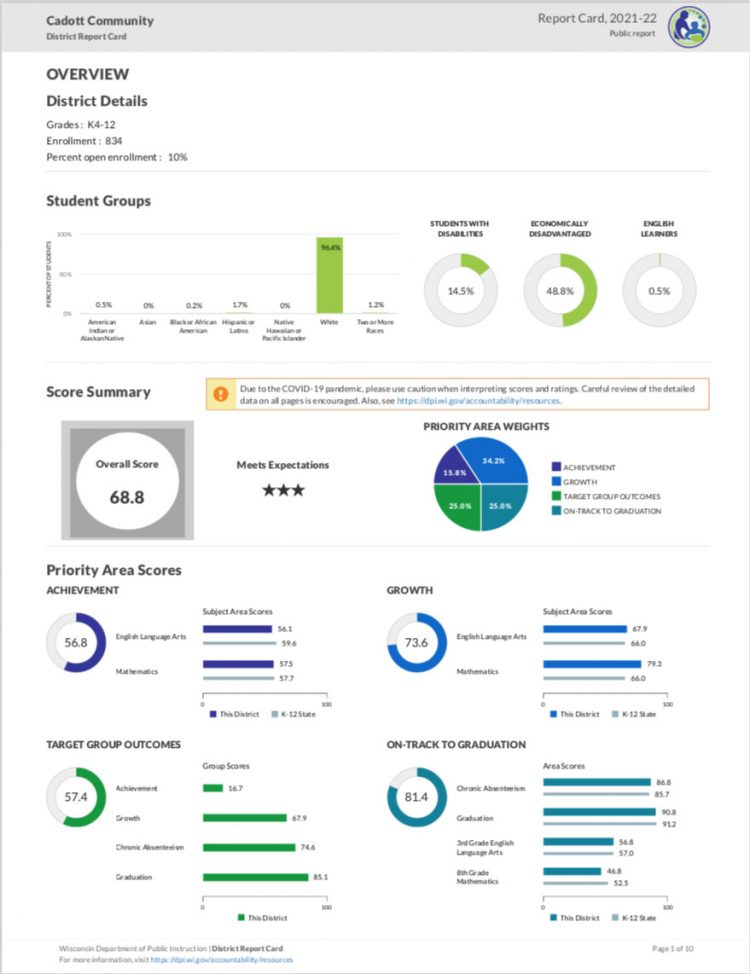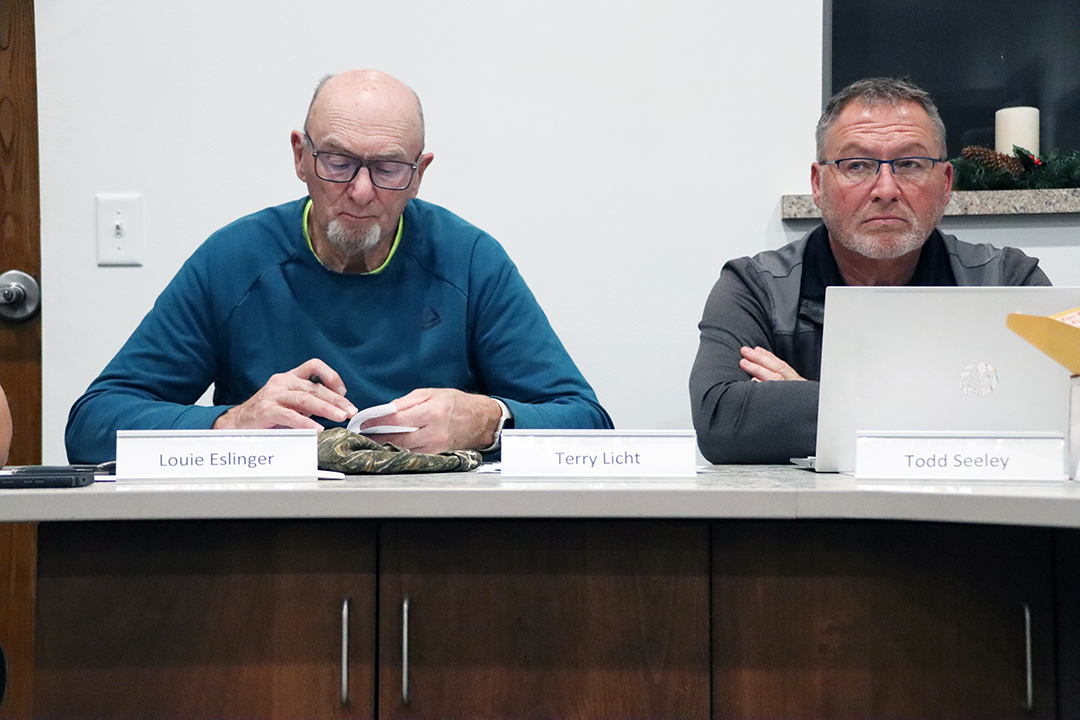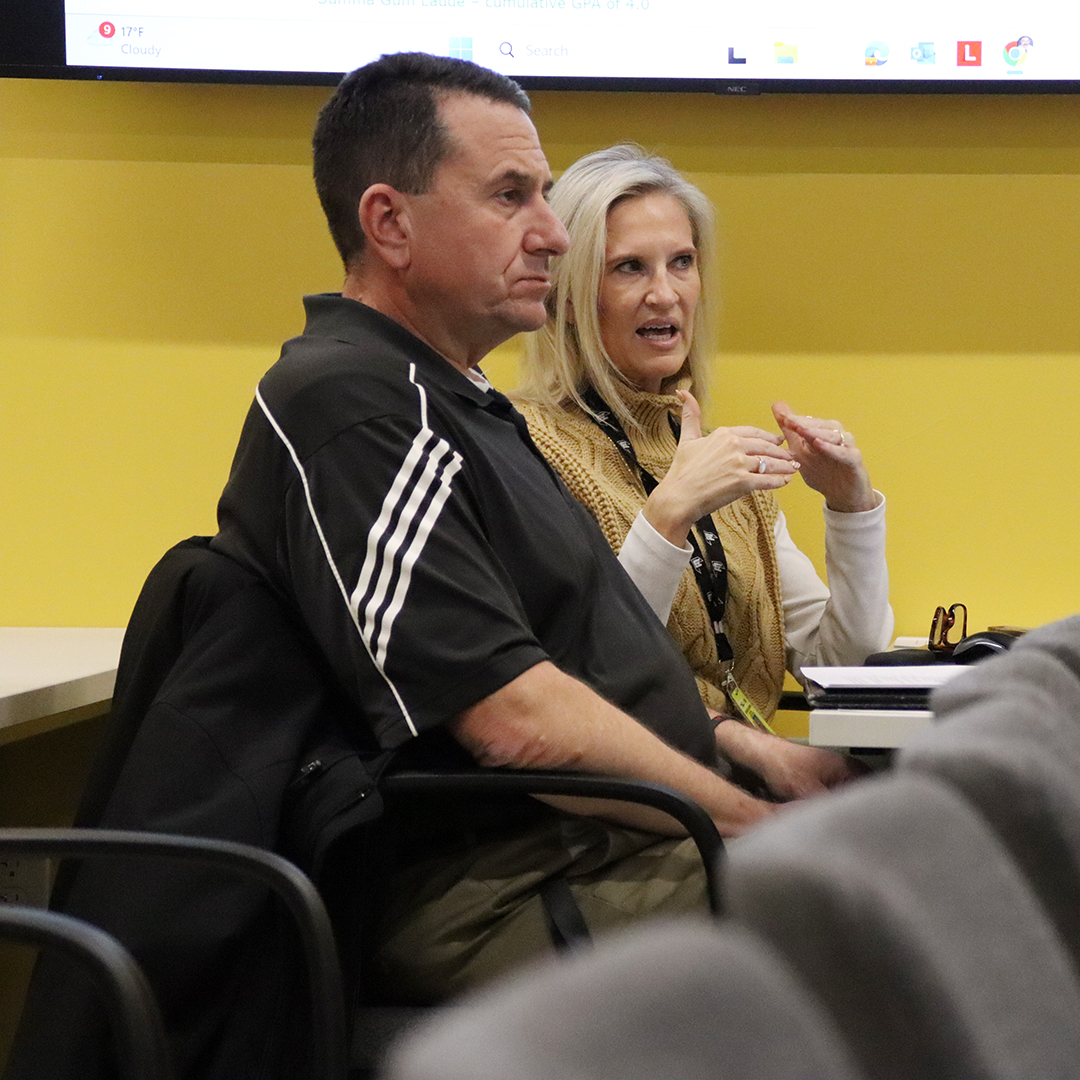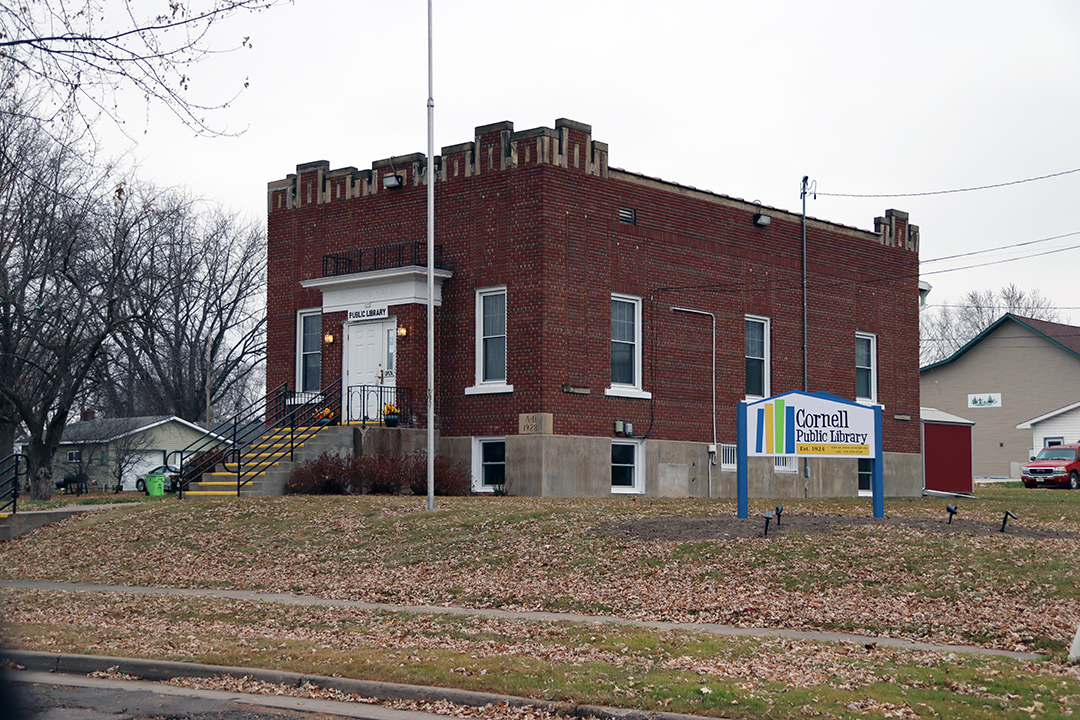Cadott School Board; Facility next steps narrowed down


The Cadott School Board looked over the district DPI report card for 2021-22. The full results for the district, as well as the elementary, junior high and high schools, are availa...




